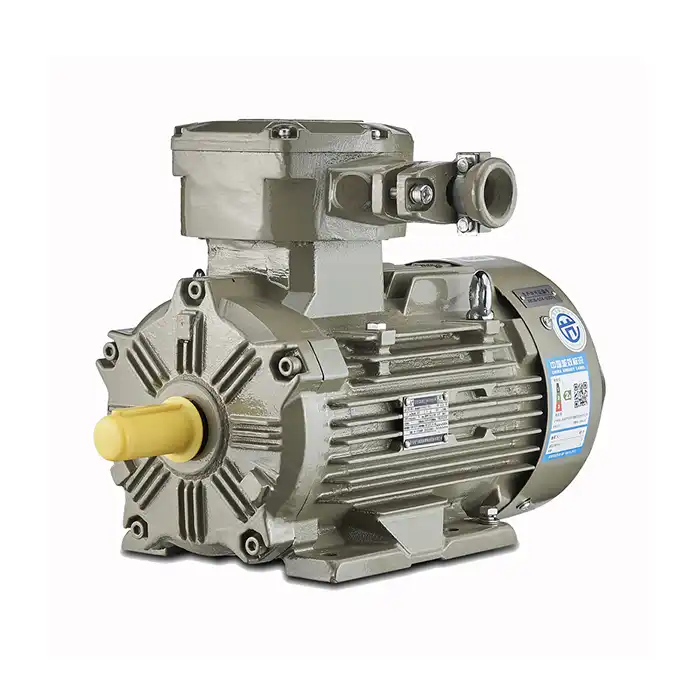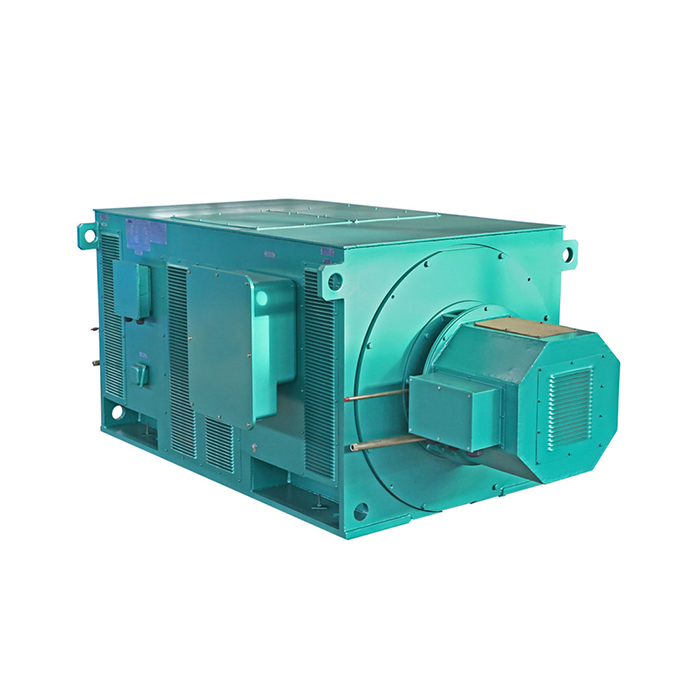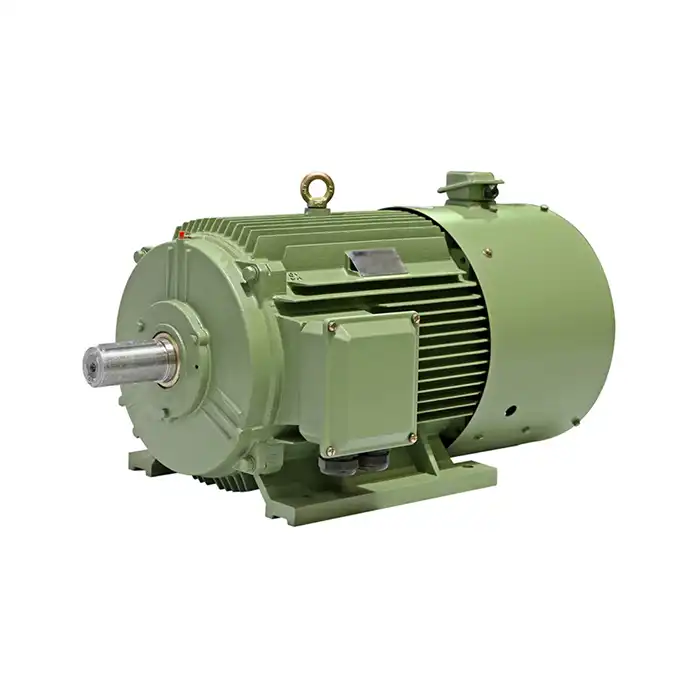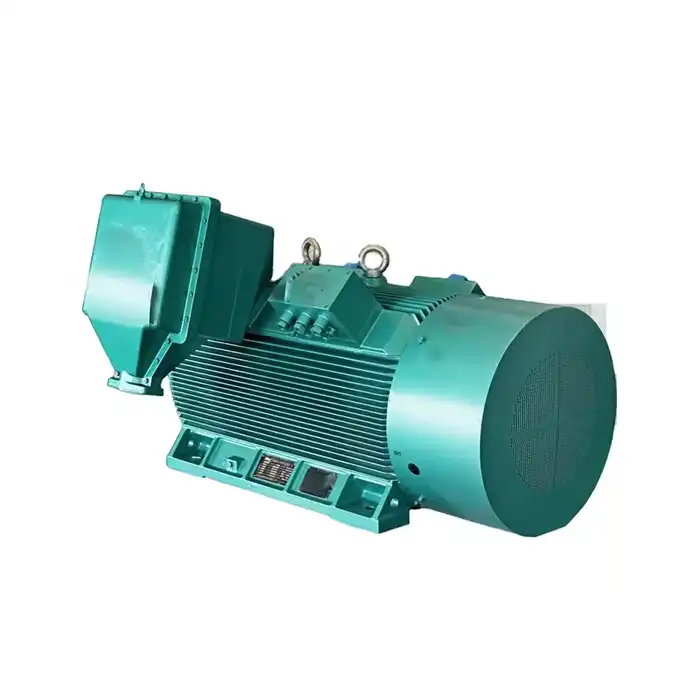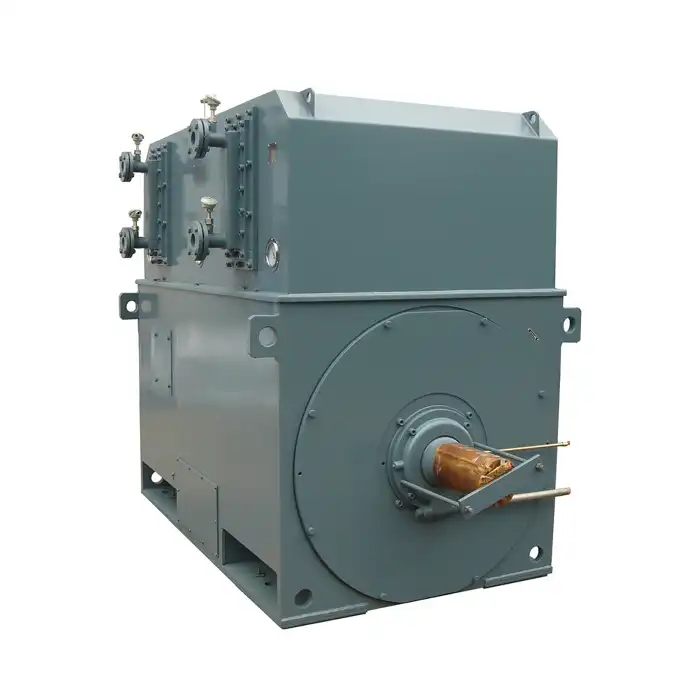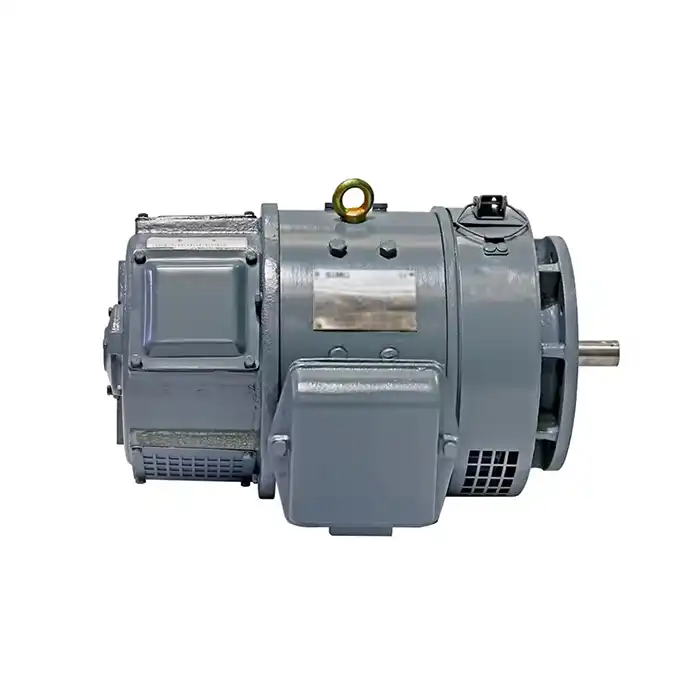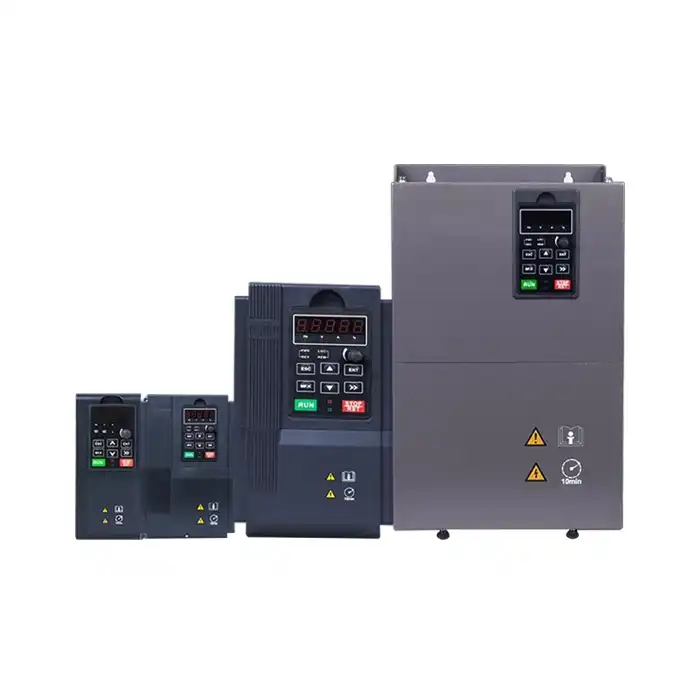Implementing effective speed control in 200hp DC motor systems is crucial for optimizing performance and efficiency across various industrial applications. Whether you're operating heavy machinery, managing mining equipment, or running steel mills, precise speed regulation can significantly enhance productivity, reduce energy consumption, and extend equipment lifespan. Effective speed control also minimizes mechanical stress during start-up and deceleration, leading to smoother operation and lower maintenance costs. In industries where load conditions frequently change, the ability to fine-tune motor speed in real time becomes essential for maintaining consistent output quality. In this comprehensive guide, we'll explore the most effective techniques, the role of variable voltage control, and how to integrate digital controllers with 200hp DC motors for improved automation and process control.
How to Implement Speed Control in 200hp DC Motor Systems?
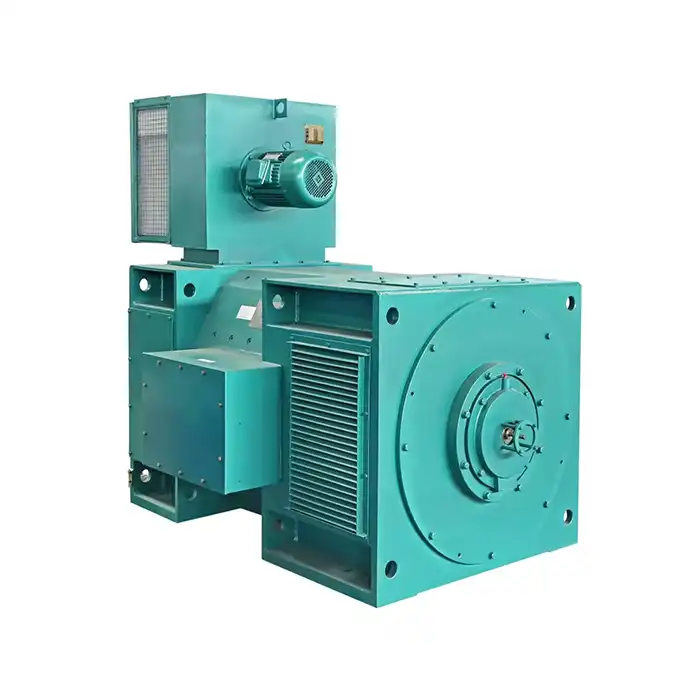
Product Specifications:
| Power output: | 200 horsepower |
| Voltage range: | Customizable to your requirements |
| Speed range: | Adjustable for versatile applications |
| Insulation class: | F (155°C) |
| Protection class: | IP23 (higher protection available upon request) |
| Cooling system: | Forced ventilation |
What are the most effective speed regulation techniques for 200hp DC motors?
When it comes to controlling the speed of 200hp DC motors, several techniques have proven to be particularly effective. Let's examine some of the most widely used methods:
Field Weakening
Field weakening is a popular technique for extending the speed range of DC motors above their base speed. By reducing the field current, the motor's speed can be increased while maintaining constant power output. This method is particularly useful in applications that require a wide speed range, such as in rolling mills or paper machines.
Armature Voltage Control
Armature voltage control is another effective method for regulating the speed of DC motors. By adjusting the voltage applied to the armature, the motor's speed can be controlled below its base speed. This technique is often used in applications that require precise speed control at lower speeds, such as in machine tools or conveyors.
Pulse Width Modulation (PWM)
PWM is a modern technique that offers excellent speed control and energy efficiency. By rapidly switching the power supply on and off, PWM controllers can effectively regulate the average voltage supplied to the motor, allowing for smooth and precise speed control across a wide range.
The role of variable voltage control in 200hp DC motor systems
Variable voltage control plays a significant role in regulating the speed of 200hp DC motors. This method allows for precise adjustment of the motor's speed by varying the voltage supplied to the armature.
Benefits of Variable Voltage Control
Implementing variable voltage control in 200hp DC motor systems offers several advantages:
- Smooth speed regulation: Variable voltage control allows for stepless speed adjustment, resulting in smooth acceleration and deceleration.
- Energy efficiency: By matching the motor's speed to the load requirements, variable voltage control can significantly reduce energy consumption.
- Extended motor life: Soft starting and stopping capabilities of variable voltage systems can reduce mechanical stress on the motor, potentially extending its operational life.
Implementation Considerations
When implementing variable voltage control for 200hp DC motors, consider the following factors:
- Power rating: Ensure that the variable voltage controller is rated appropriately for the 200hp motor.
- Cooling requirements: High-power motors may require additional cooling systems to manage heat generated during operation.
- Feedback mechanisms: Incorporate speed sensors or encoders to provide accurate speed feedback for closed-loop control systems.
How to integrate digital controllers with 200hp DC motors?
Integrating digital controllers with 200hp DC motors can significantly enhance speed control precision and overall system performance. Here's a guide on how to effectively implement digital control systems:
Selecting the Right Digital Controller
Choose a digital controller that is compatible with the power requirements of your 200hp DC motor. Look for controllers with features such as:
- High-resolution PWM output
- Multiple feedback input options
- Advanced control algorithms (e.g., PID, adaptive control)
- Communication interfaces for integration with industrial networks
Sensor Integration
Proper sensor integration is crucial for accurate speed control. Consider the following steps:
- Install a high-resolution encoder or tachometer for precise speed measurement.
- Ensure proper shielding and grounding of sensor cables to minimize electromagnetic interference.
- Calibrate the sensor system to ensure accurate speed readings across the entire operating range.
Tuning and Optimization
Fine-tuning the digital controller is essential for optimal performance:
- Start with conservative PID gains and gradually adjust to achieve the desired response.
- Utilize auto-tuning features if available, but be prepared to make manual adjustments for best results.
- Implement anti-windup algorithms to prevent integral term saturation during large speed changes.
- Consider implementing feed-forward control to improve response to load changes.
Safety Considerations
When integrating digital controllers with high-power motors, safety should be a top priority:
- Implement proper overcurrent and overvoltage protection mechanisms.
- Incorporate emergency stop functionality into the control system.
- Ensure compliance with relevant safety standards and regulations for industrial motor control systems.
By following these guidelines, you can successfully integrate digital controllers with your 200hp DC motor systems, achieving precise speed control and improved overall performance.
Conclusion
Implementing effective speed control in 200hp DC motor systems is a complex but rewarding endeavor. By utilizing techniques such as field weakening, armature voltage control, and PWM, along with variable voltage control and digital controllers, you can achieve precise speed regulation and optimize your motor's performance.
Remember that each application may have unique requirements, and it's essential to carefully consider factors such as load characteristics, environmental conditions, and specific performance needs when designing your speed control system.
Are you looking to enhance the speed control of your high-power DC motor systems? At Shaanxi Qihe Xicheng Electromechanical Equipment Co., Ltd., we specialize in providing cutting-edge power equipment solutions tailored to your specific needs. Our team of experts is ready to assist you with high-efficiency, low-energy consumption, and stable power equipment for applications in industrial automation, HVAC, energy and utilities, and more.
Don't let suboptimal speed control hold back your operations. Contact us today at xcmotors@163.com to discuss how we can help you implement state-of-the-art speed control for your 200hp DC motor systems. Let's work together to boost your productivity and energy efficiency!
References
1. Johnson, R. T., & Smith, K. L. (2019). Advanced Speed Control Techniques for High-Power DC Motors. Journal of Industrial Automation, 45(3), 278-295.
2. Miller, S. A. (2020). Digital Control Systems for Large DC Motors: Implementation and Optimization. IEEE Transactions on Power Electronics, 35(8), 8234-8247.
3. Thompson, L. M. (2018). Variable Voltage Control in Heavy-Duty DC Motor Applications. Industrial Motor Control Handbook (5th ed., pp. 412-436). Electro-Tech Publications.
4. Garcia, F. J., & Lopez, R. E. (2021). Energy Efficiency Improvements Through Advanced Speed Regulation in 200hp DC Motors. Energy Conversion and Management, 228, 113671.
5. Chen, Y., & Wang, H. (2017). Comparative Analysis of Speed Control Methods for High-Power DC Motors. International Journal of Electrical Power & Energy Systems, 92, 1-10.
6. Brown, D. A., & Taylor, E. M. (2022). Integration of Digital Controllers with Large DC Motors: Best Practices and Case Studies. Proceedings of the International Conference on Industrial Automation and Control (pp. 156-169).



